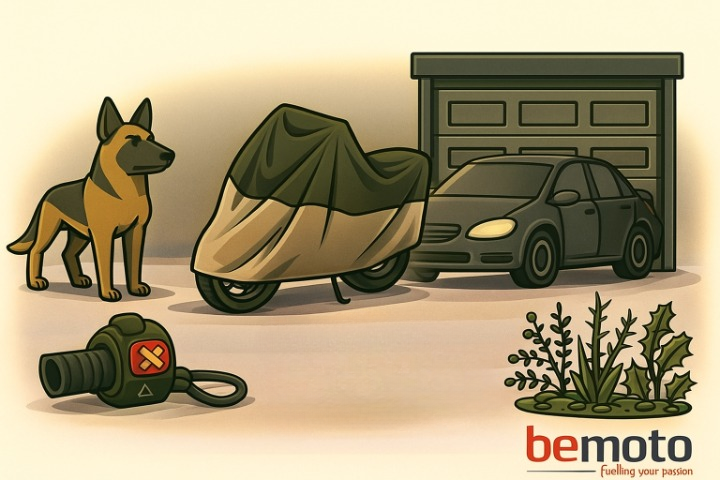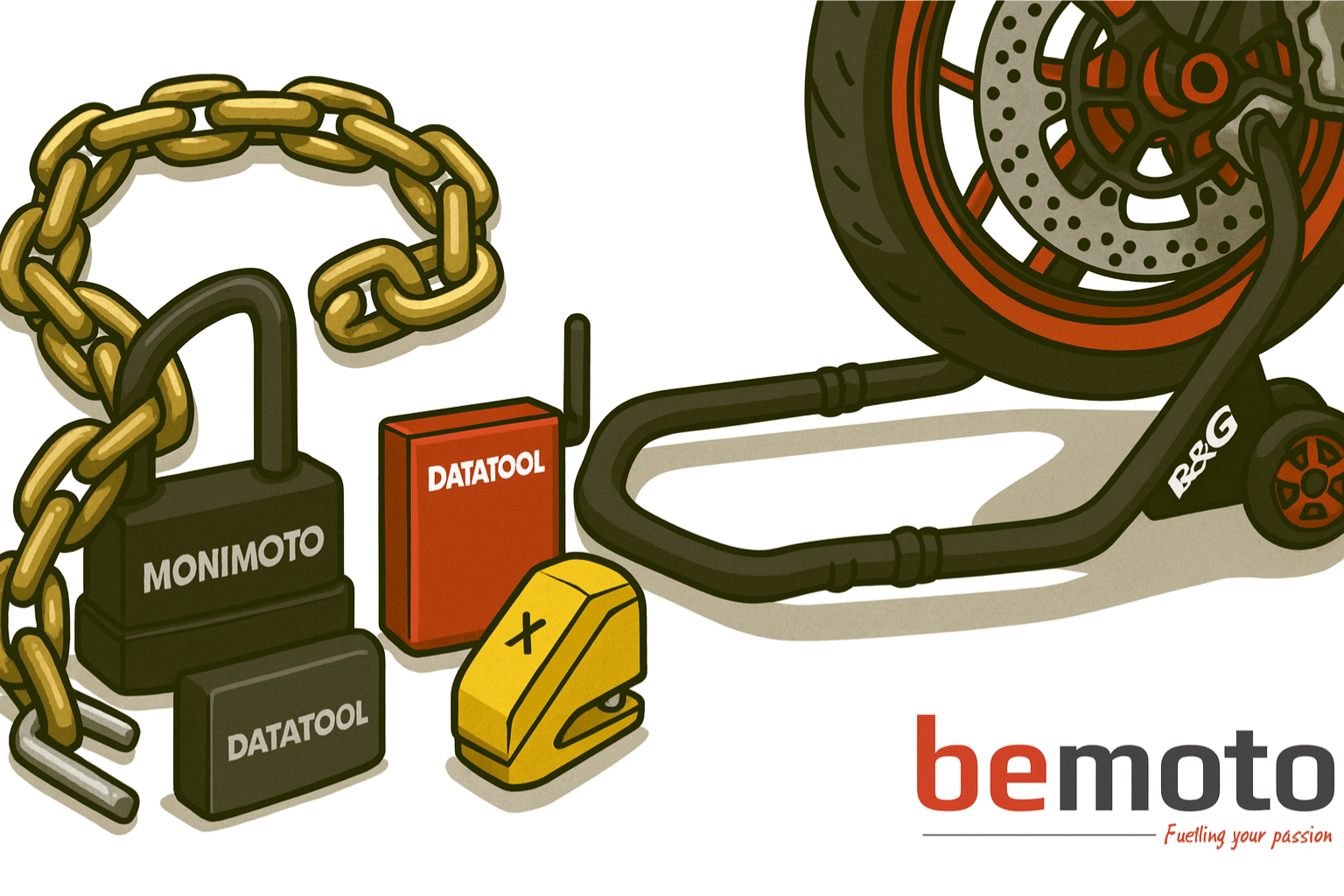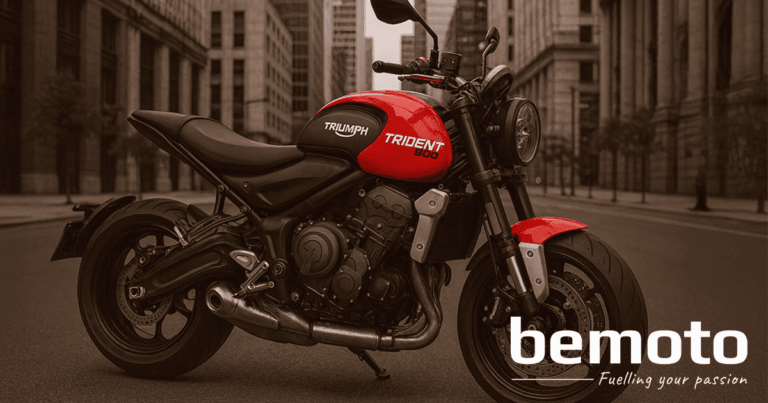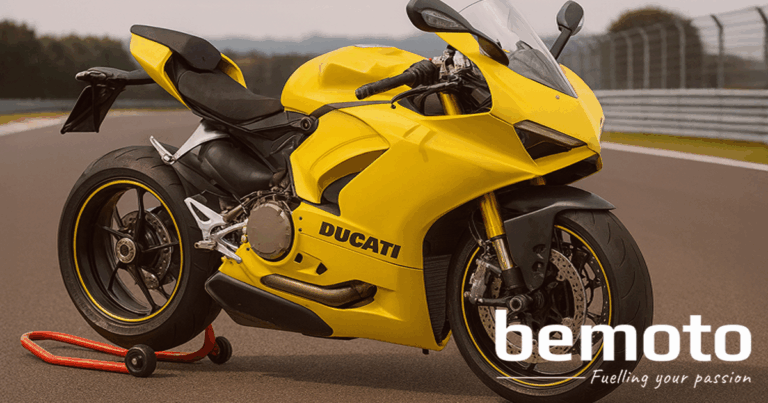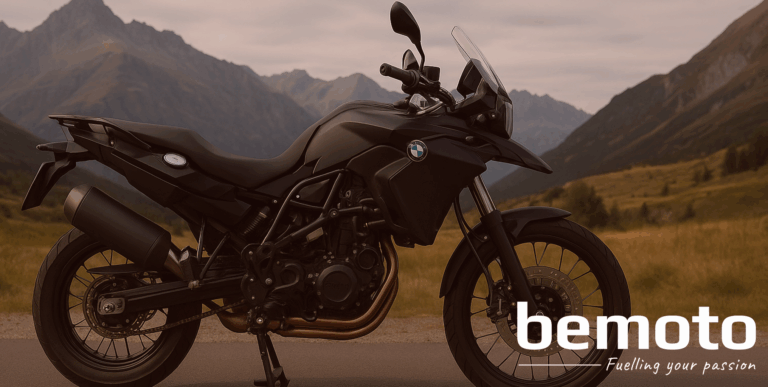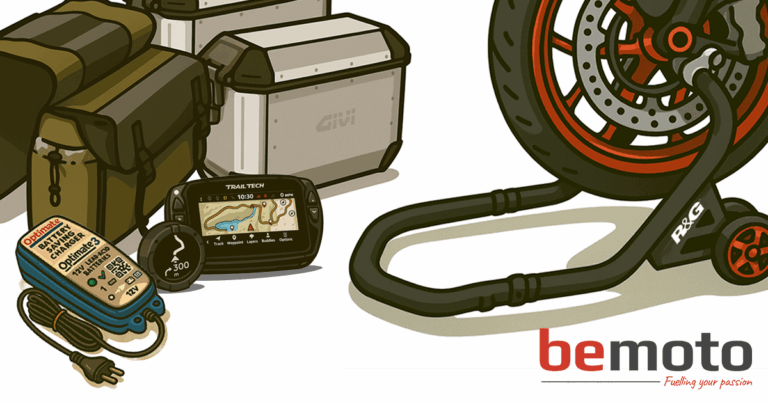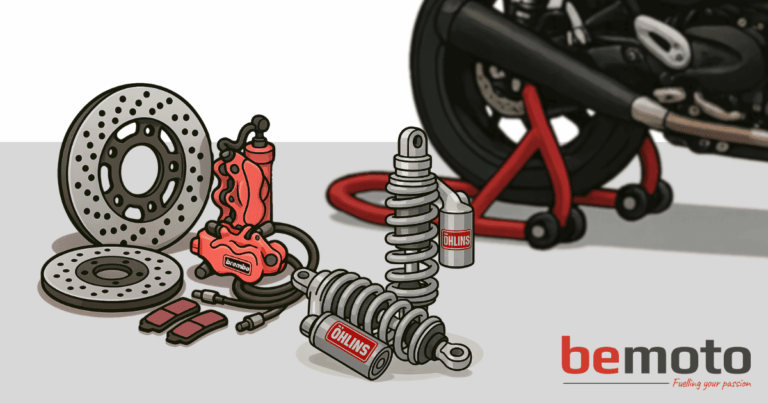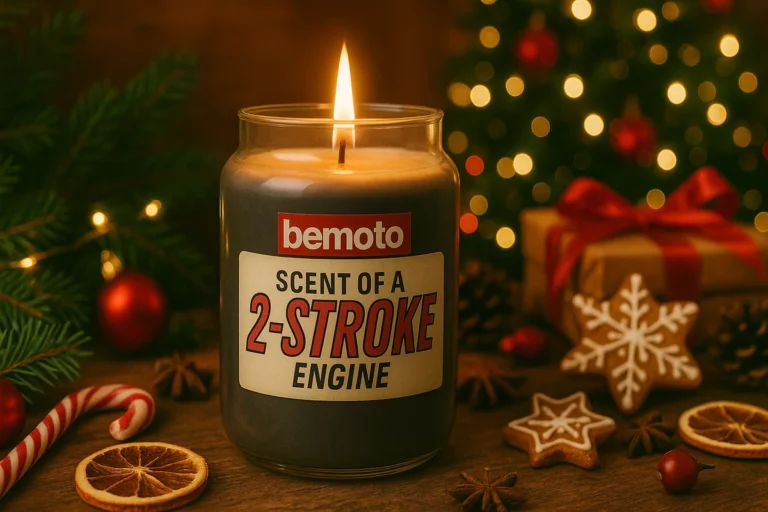
Top 10 gifts for the biker who has everything
If you’re stuck finding gifts for the biker who has everything, we’ve got you covered. Our 12 Days of Christmas brings you a line-up of brilliantly daft, totally unnecessary and completely perfect presents no rider knew they needed. From bespoke

